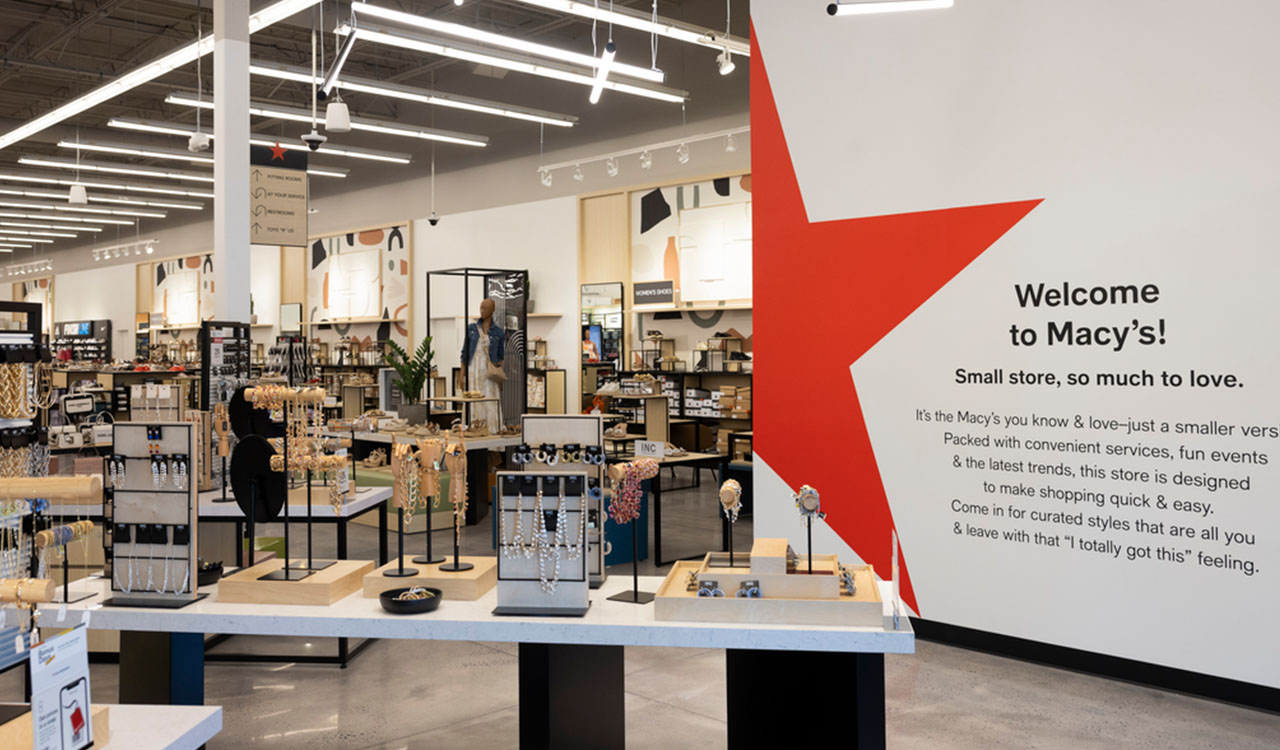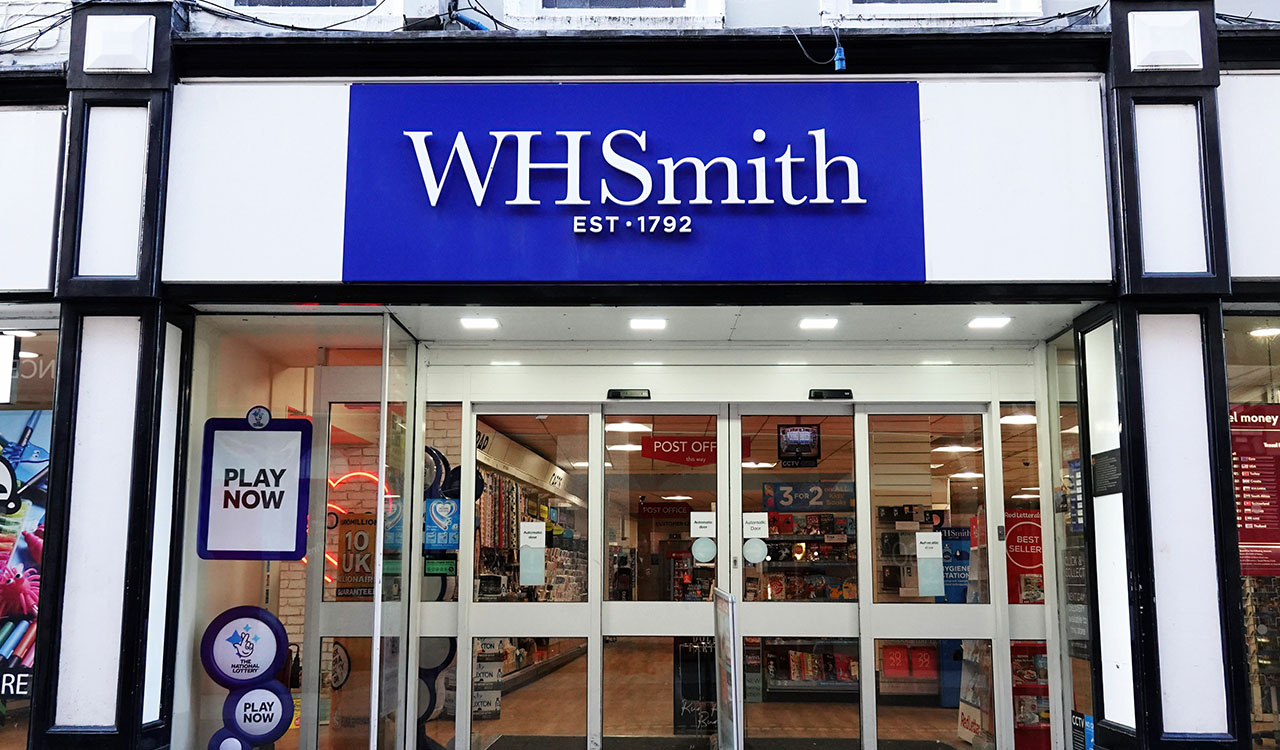The retail department store sector is under siege, threatened by competition from discount big-box retailers and proliferating online shopping. Consumers are increasingly turning away rather than toward the department stores they once depended upon for many of their shopping needs. Sadly, physical stores are considered irrelevant with so many other more convenient and affordable options. But Macy’s innovation strategy may just be working.
“The changes that we’re making in the ‘First 50’ serve as a great barometer and opportunity for us to continue to learn and apply to more stores going forward,” Spring continued. “The fact that all these categories outperformed the rest of the nameplate, the fact that we’re seeing it on the top line, we’re seeing it on the customer service scores, we’re seeing it in better traffic and conversion. So we think we have a model that we just need a little longer to learn from it.”
Innovation Gaps
GlobalData’s Neil Saunders sees department stores’ problem as more fundamental than mere competitive pressure: They failed to innovate. “Sure online has taken its share; sure big box has taken its share. But most of all, it’s a failure to evolve.”
Macy’s Inc., the industry’s giant, has been losing the innovation battle for years, but now, under new leadership, it has the plan to tackle its challenges head-on. It’s moving forward with a plan to innovate the business, not just tweak it as it did in the past, but really do a makeover.
Slow, Steady Decline
Macy’s sorely needs a boost. Revenues dropped six percent from fiscal 2019 to 2023, down from $24.6 billion to $23.1 billion at the end of its fiscal year in early February. Significant cost savings from store closures gave it a slight uptick in gross margin – from 38 percent to 39 percent – and adjusted EBITDA held steady at $2.3 billion.
Considering that department stores overall declined by 24 percent in the same four-year period, Macy’s Inc. didn’t do all that badly, yet it will take more than financial prowess for Macy’s to rebuild the business as consumers continue to drop department stores from their shopping list.
Millennium Plunge
Since the millennium began, department stores, excluding discount department stores, have been on a steady decline and the pace has picked up in the last decade, according to the U.S. Retail Census. The compound annual growth rate (CAGR) dropped from minus four percent between 2000 and 2010 to minus six percent from 2010 to 2023.
And because the numbers tell the tale, here are some more to ponder:
- Retail’s biggest loser. Retail revenues basically doubled from 2010 to 2023 and online retail increased nearly 400 percent. By comparison, department stores dropped 54 percent, making them the biggest loser of all retail sectors. With a few exceptions, virtually every other sector in retail grew double-digits from 2010 to 2023.
- Steep decline in market share. Department stores’ influence in retail has declined precipitously over the last 30-odd years. In 1992, department stores accounted for six percent of total retail sales, excluding automobile dealers. By 2000, they had dropped to four percent, and in 2023, department stores totaled only .05 percent of all retail.
In the intervening years, an impressive number of department stores went out of business and Macy’s, under the leadership of Terry Lundgren, gobbled up the most promising regional chains, growing from 430 stores in 2000 to 850 in 2010. But by 2015, Macy’s couldn’t carry the weight of operating that many stores, so it started to shutter underperformers. And there were a bunch of them.
Shrinking Isn’t a Growth Strategy
Today, Macy’s Inc. operates 720 stores, including 479 flagship Macy’s and 18 small-format Macy’s locations; 33 Bloomingdale’s and three small-format Bloomie’s locations; nine off-price Macy’s Backstage and 21 Bloomingdale’s Outlets. The only Macy’s Inc. banner in growth mode is specialty beauty Bluemercury, now at 157 stores up from 77 in 2015.
And the Macy’s store closures haven’t ceased. It plans to shutter about 125 more stores over the next three years. Green shoots for the Macy’s brand are its small format Macy’s stores, which are expected to reach 30 stores over the next two years.
However, as Jeff Bezos warns, “No business can continue to shrink. That can only go on for so long before irrelevancy sets in.” A massive Macy’s makeover is required to overcome the company’s lethargy and counter the steady slide of its department store business model into irrelevancy.
The reinvention and reinvigoration responsibility rests on Macy’s new CEO Tony Spring who introduced a strategic plan to revitalize the business. As widely reported,“A Bold New Chapter challenges the status quo to create a more modern Macy’s, Inc.,” Spring said.
Macy’s Makeover
Challenging the department store status quo is just what is needed now. In that spirit, it’s worth a review of Spring’s initiatives to see how his status-quo-shattering plan is working.
- It has segmented its fleet of Macy’s Inc. stores into 350 “go-forward” locations, including some Bloomingdale’s, which are intended for continued investment.
- There are another 150 underproductive locations slated for eventual closure, called “non-go-forward” locations representing about one-fourth of the company’s gross square footage but less than ten percent of net sales.
- It will continue to invest in small-format Macy’s stores and some 15 new Bloomie’s and full-size Bloomingdale’s stores are on the horizon, which will accelerate growth in the luxury sector.
- Bluemercury, a standout performer with 14 consecutive quarters of growth will open 30 or more stores, and 30 will be renovated under a “New Blue” model with expanded product assortments and aesthetic services, centralized customer service hubs and expanded omnichannel engagement.
- The boldest of the plan’s bold new moves is its identification of 50 Macy’s stores as innovation incubators to test new concepts, visual merchandising and retail approaches with the winning strategies to be rolled out across its entire fleet. The smaller format stores are incubators too, but the “First 50” stores take it up a notch.
Turning the Ship
So, what has happened? Are the bold new ideas matched by bold new results? To date, Macy’s Inc. has little to show from the plan, but Macy’s First 50 innovation incubators are delivering promising early results. Given that corporate transformation takes time, Spring promises more measurable results will begin to show in the coming year. And I trust him.
His work is cut out for him. In the first six months ended July 29, Macy’s Inc. revenues dropped three percent, from $10.5 billion to $10 billion. Luxury banner Bloomingdale’s comparable stores sales were flat and the Bluemercury beauty brand was up three percent.
The company doesn’t report sales by brand, only revenue change on a comparable store basis and that’s where results from the Macy’s nameplate get wonky. It reports results from its “go-forward” locations, down only 1.1 percent, and “non-go-forward” locations, off 5.5 percent.
On the plus side, the First 50 grew 2.1 percent year-over-year-year. “The disparity in performance between the First 50 and the total Macy’s nameplate widened with the First 50 comps outperforming the total Macy’s nameplate,” Spring said in the second quarter earnings call.
Yet in the most recent earnings call, Spring pulled back year-end guidance saying the revised guidance was “both prudent and appropriate given the state of the economy.” Year-end Macy’s Inc. revenues are expected to be in the $22.1 billion to $22.4 billion range, down from $23.1 billion last year.
First 50 Game Plan
The First 50 reported strong performance in shoes, handbags, men’s and kids apparel relative to the go-forward fleet, with men’s and handbag categories “among the most significant relative outperformers which could serve as a broader unlock,” reports Spring.
Successful tactics have included:
- Focused staffing in key departments such as shoes, handbags, ready-to-wear, as well as fitting room and checkout. Results? Additional service personnel are rolling out to 100 more Macy’s stores. Net promoter scores also got a boost relative to the rest of the go-forward stores, thanks to more salespeople on the floor and quick checkout.
- Enhanced merchandise offerings to emphasize freshness, relevance and inspiration with a focus on variety rather than redundancy by editing existing assortment and adding new brands.
- Modernizing visual presentations, offering unique store-level activations and community events.
- The launch of a menswear private label “Mode of One” across its entire fleet.
“The changes that we’re making in the First 50 serve as a great barometer and opportunity for us to continue to learn and apply to more stores going forward,” Spring continued. “The fact that all these categories outperformed the rest of the nameplate, the fact that we’re seeing it on the top line, we’re seeing it on the customer service scores, we’re seeing it in better traffic and conversion. So we think we have a model that we just need a little longer to learn from it.”
Radical Transformation Required
What department store retail needs is radical transformation. Evolution is too slow and revolution is table stakes. Sure it’s risky, but the expectations of customers are clear: Give us a reason to come into your store.
The path to radical transformation can be rocky and it takes time to prove it. So, I share Robin Lewis’s positive long-term prospects for Macy’s and Tony Spring’s leadership. As Robin said, “I defer to the cardinal rule: Strategy is one thing; implementation is another. As I look at a revitalized Macy’s future, I believe Mr. Spring can successfully lead both. A big challenge? You bet it is! But hey, that’s what he signed up for.”





